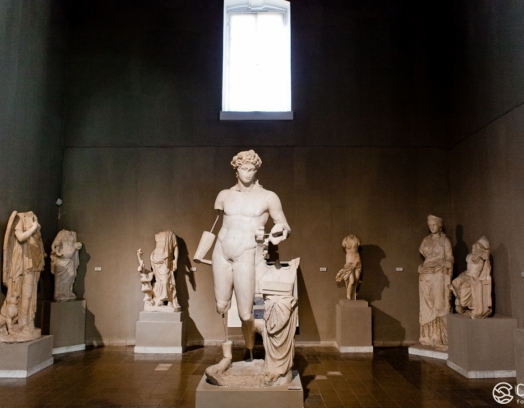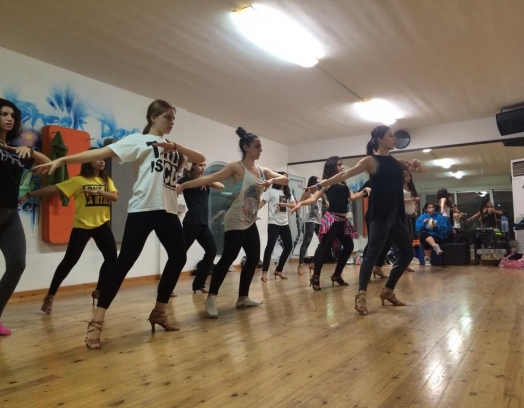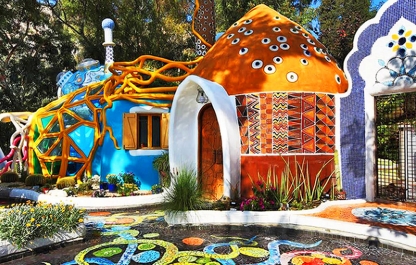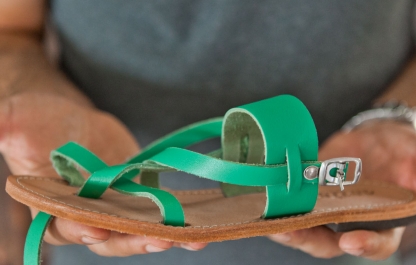The church of Panagia Chrysaliniotissa is located within the Venetian walls of Nicosia. Scientists claim that the church was built in the 5th century, which makes it the oldest Byzantine church on the island. Frequent Arabic raids had completely ruined the church. But then in the 11th century the local inhabitants had discovered an icon of the Virgin Mary with Child, which was hidden in the church ruins behind a thicket of flax. The discovery inspired them to erect a new church in its place, which they called Panagia Chrysaliniotissa (Our Lady of the Golden Flax).
The church’s current appearance contains traces of three different eras. The first series of changes took place in the 15th century during the rule of the House of Lusignan. They were initiated by Helena Paleolog, the wife of King John II. Helena was Greek and sought to strengthen the Orthodox Church in Cyprus. She was behind the revival and reconstruction of the church.
Today the church is made up of several separate areas. You can access the Central nave, which was once a separate church, through the front entrance, in front of which you will come across the Royal Doors. The nave is crowned with two domes, which symbolize God’s dual nature — Divine and Human. The southern wall features ancient frescoes, which scientists say, used to cover all of the church walls. The high, gilded pulpit features images of the evangelists and an eagle, which symbolizes Resurrection, spiritual strength and divine inspiration.
The northern nave’s gothic arches and niches resemble a Latin chapel.
The three vaulted areas in the northern part of the church are connected to each other with an arc-shaped opening. The carved, wooden iconostasis features gilded angels, birds and animals and spans across all four aisles of the church. It is encased in intricate panels that are inlaid with blue, red, green and purple colors.
The icon of Panagia Chrysaliniotissa is stored in the Veneration tier of the two-tiered iconostasis in the central nave. For a long time the icon had been kept behind a gilded riza. It was revealed to the public at the end of the 20th century. The image of the Virgin Mary is an Eleusa icon (showing mercy), whose creation is attributed to the Apostle Luca. An image of the Apostle, writing on a cypress board from Archangel Gabriel as well as images of the Virgin Mary and John the Apostle are depicted at the bottom of the icon. The Old Testament prophets, who predicted the birth of the Virgin Mary, are depicted on the icon borders.
The icons depicting the key moments from the New Testament make up the Festival tier of the iconostasis. The tier features rare images of the Feast of Orthodoxy, images of the Twelve Apostles and the Forty Martyrs of Sebaste. The church’s most valuable possession is the holy relics of different martyrs that are displayed in the center of the main nave.
The wooden iconostasis in the southern aisle is decorated with images of Cypriot saints. These are people like the first bishop of Cyprus Tamasos Iraklidis, Saint Spyridon, who proved the Unity of the Holy Trinity at the first Ecumenical Council, St. Mnason, the follower of bishop Iraklidis, Saint Anthony, who laid the foundation of hermitage and Prophet Iliya, who witnessed the Transfiguration of Christ on Mount Tabor.
The fourth chancel screen, which is adorned with carved-out plant ornaments, contains the miracle-working icon of the Virgin Mary. The icon is particularly noteworthy, because it features two mirror images of the Virgin. The inscriptions read: «The one who hears promptly» and «The one who answers promptly».








